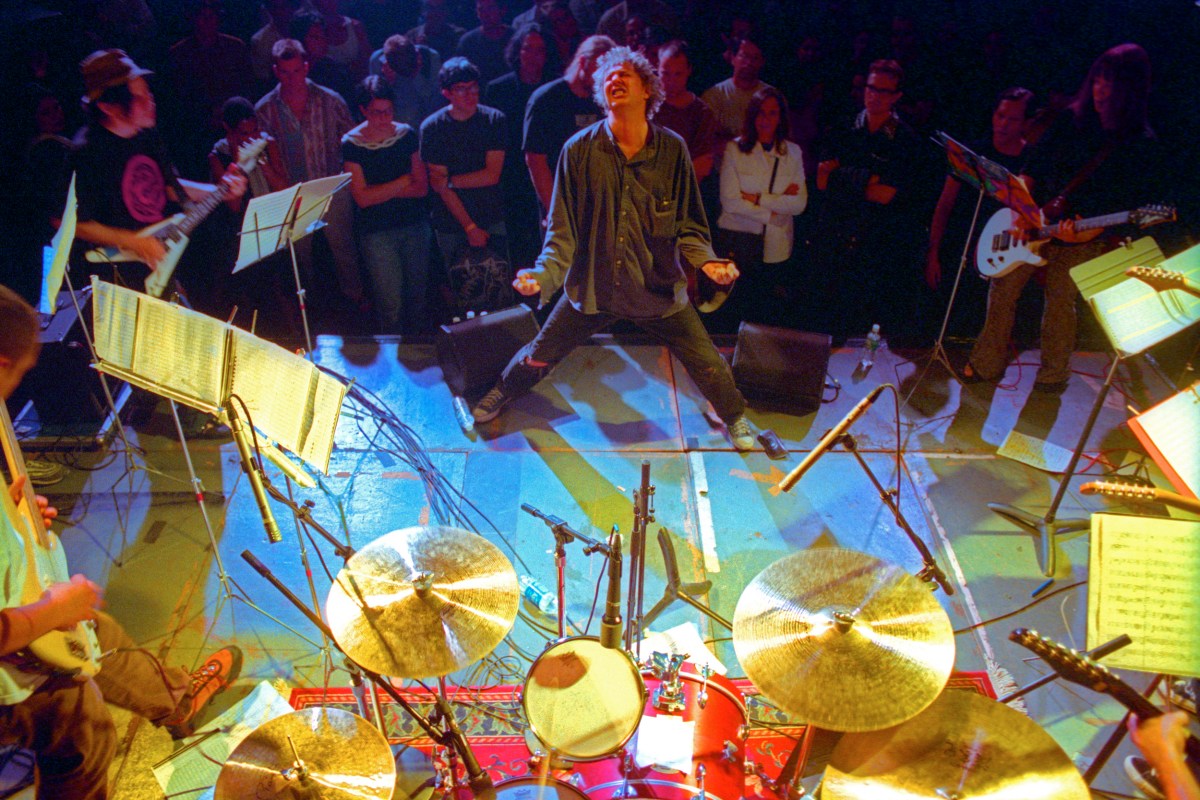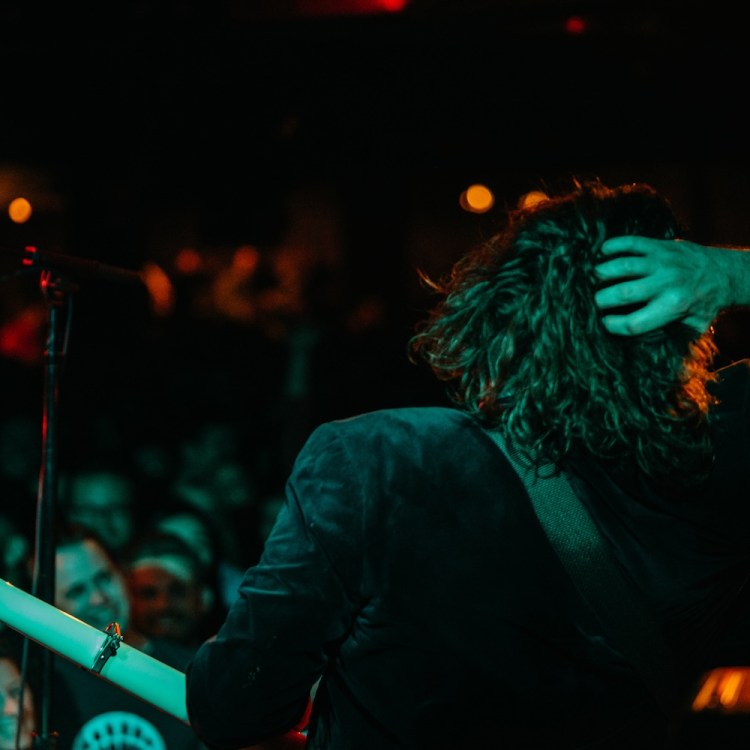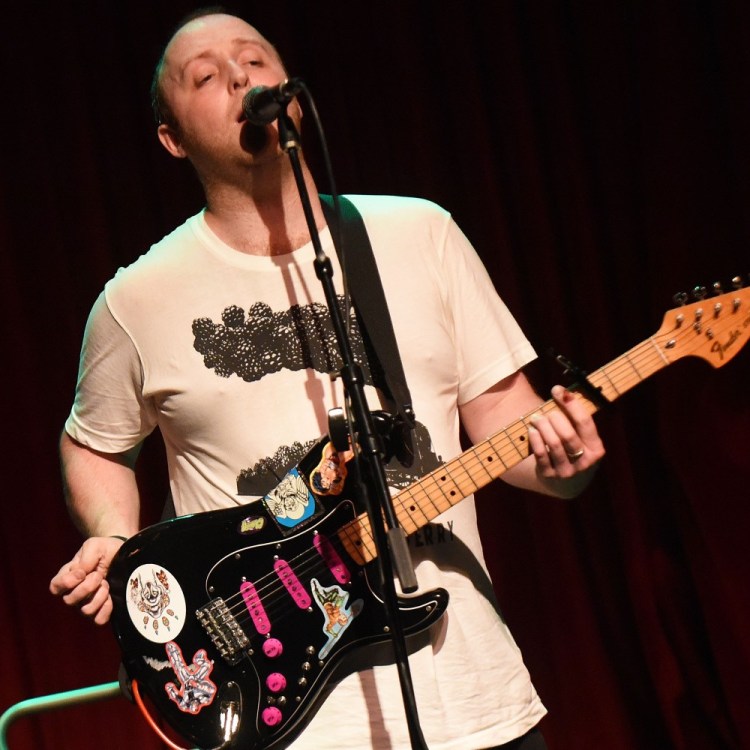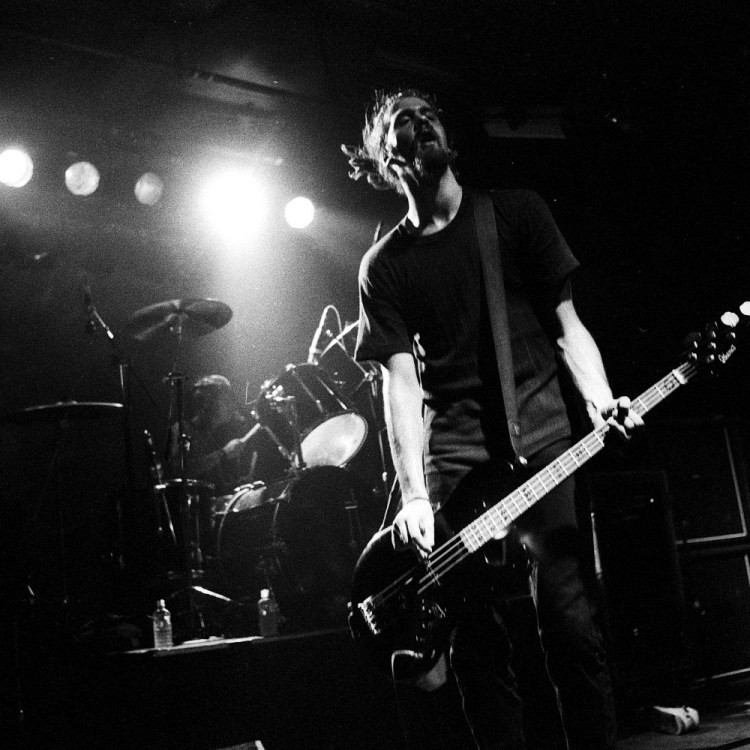If you know Glenn Branca’s work, you know that it is incandescent, exotic, extreme, the spine of Wagner and the spleen of Sonic Youth inserted into the flesh suit of Elvis…which is to say it sounds like Penderecki if he had fronted Mötorhead.
If you don’t know his work, it is everything you imagined rock’n’roll would be before you knew it had any rules at all … which is to say it sounds something like a Saturn V rocket sent to the sky in a roar of thunder and fire on a mission to throw Satan out of heaven.
Avant-garde composer Glenn Branca, who passed last week at the age of 69, made a sea of noise that filled cathedrals, a spray of stars that began where rock’n’roll ended.
It was my great good fortune to play with the Glenn Branca Ensemble for three years in the mid-1980s. Until I met Glenn Branca, I did not know that music spiraled into the universe, endless; that every sound was boundless, above us, below us, arcing on every side and then looping around the earth. I did not know that sound is the servant of emotion, and that everything that defined a man or a woman – fear, hope, lust, joy, desperation, elation, sedation, quiet prayer and loud begging – could be found in sound. Sound told a story, it did not need words.
Branca’s métier was massed guitars: detuned, unison tuned, abused, celebrated, seismic, sensuous, screaming, shuddering, whistling, weeping, sometimes even hushed, and always holy, even when profane. Before I met Glenn Branca, I did not know that the guitar is a dictionary containing eighty-eight hundred thousand words (and words not yet discovered); the guitar told infinite stories. Thanks to Branca, I learned that the tunings you had been taught didn’t matter, the minor chords and the major chords you had learned so proudly in 7th grade didn’t matter. What mattered was the machine, and the starlight you could seize from the machine, the dust and the sand and the nightmares and the dreams you could squeeze out of the machine.
Branca taught a generation of musicians that this machine can be scratched, scraped, garroted, throttled and hand-sanded into bleeding fury; every centimeter of this machine can be punched and petted and plucked and gnawed at and needled; and the machine makes beautiful noises and hellish noises, hellishly beautiful noises, and the sound of angels frying and devils eating taffy.
To this day, when I look at an electric guitar, I don’t think, “I’m going to form my fingers into a C chord and play ‘I Want to Hold Your Hand.’” I think “That is a simple machine of infinite possibilities; wood, metal and wire that can be bent, broken, bruised, stroked, seduced, patted, pounded, even just stared at to do an infinite number of things.”
I joined the Glenn Branca Ensemble in the autumn of 1983. I was just 21. I recall that my audition literally could not be simpler: I arrived at his cramped downtown office with a guitar, an absolutely wonderful cheap Framus that I had borrowed from my friend Bob Giordano. I was directed to sit down across from Glenn. He asked, “Can you do this?” He then showed me (what he called) a double strum technique, which was a rapid and continuous fluttering of the hand holding the guitar pick. I was basically able to do it. Glenn then asked, “Can you do that for a long time? Maybe an hour or two?” I wasn’t entirely sure I could, but I said yes anyway.
And that was it. I was in.
There are a small handful of musicians who imprint themselves on so much of what follows. These men and women are not merely influences, but people who alter the vocabulary and the language. These pioneers include The Shadows, whose re-conception of the four-piece electric rock combo made virtually every British rock band, from the Beatles to the Who, possible; LaMonte Young, whose mixture of drone, rhythm, and power led in a straight line to the Velvet Underground and all they sired; Kraftwerk, whose replacement of all pop ensemble instruments with the syncopated synth made them the second (and possibly the first) most influential pop act of all time; and Glenn Branca, whose techniques of double and quadruple-timed strumming, detuning, and orchestrated dissonance created the sound of Sonic Youth, the Swans, and every act who went forward in search of the clouds and marshes beyond the chord.
This is, likely, the simplest way to explain Branca’s influence to those who are completely unfamiliar with his legend, his cyclonic live performances, his symphonies that sounded like a thousand stars rattling the barbed wire around the gates of heaven: Sonic Youth, who began as an offshoot of his ensemble, took Branca’s remarkable and distinct guitar techniques and framed them within short-form, vocal-inclusive songs instead of the symphonic format Branca worked in. Indisputably, the only way to Sonic Youth (and everything they wrought and influenced) is through Branca.
Many of the musicians who played with the Branca Ensemble share this remarkable experience: During a performance, while in the center of this cyclone of metal, sibilance and noise, while the hailstorm of harmonics and sparking, knife-throwing guitars whipped around you, you would hear sounds that weren’t there. This happened all the time. Most commonly, you would hear a high hosanna of soprano and tenor choir voices, like the kind featured at the heavenly climax of an old MGM film; other times, you’d hear a salute of trumpets and cornets and piccolos, shrieking like a symphonic Gotterdammerung. You would be so certain of the reality of these aural hallucinations that you would stare wide-eyed at your bandmates and mouth the words, “Did you hear that? Did you hear THAT?!?”
This underlines another amazing aspect of the Branca experience: his music, his compositions, the very idea of Branca, were something that came alive within the ears; it used the physiologic structure of your ears and your brains’ ability to process the data (the volcanic planetarium of extreme volume you were inside of) as an instrument.
In my entire life, I never saw a show, not even the most rapturous, transformational or magical, that was as good as playing on stage with the Glenn Branca Ensemble. My god, to be in the belly of that beast, to be wrapped in that nest of white light and electricity, to be riding the blue lightning on a saddle of hot and holy electric gnats, to be a scrap of color in the endless rainbow river of hope and rage that was the harmonic series he pulled out of you and out of the angry/holy heavens and the red, loud hell. There was nothing like it, never.
Glenn Branca taught me that there is an infinite number of notes and chords spiraling into the universe. He captured these and fed them through a guitar amp. He taught me the idea that rock’n’roll’s power can come in some many forms.
And he taught me that there was a sound before Genesis, it existed in the absence of labels, and there will be a sound after Revelation: There are no dead stones, even the stones sigh when the sun hits them. Musicians must find the sound of the stones baking and cooling, and imagine their song, as surely as they must learn “Louie Louie.”
Glenn Branca played God’s “Louie Louie.”
And now he is teaching it to the gods themselves.
This article was featured in the InsideHook newsletter. Sign up now.
























